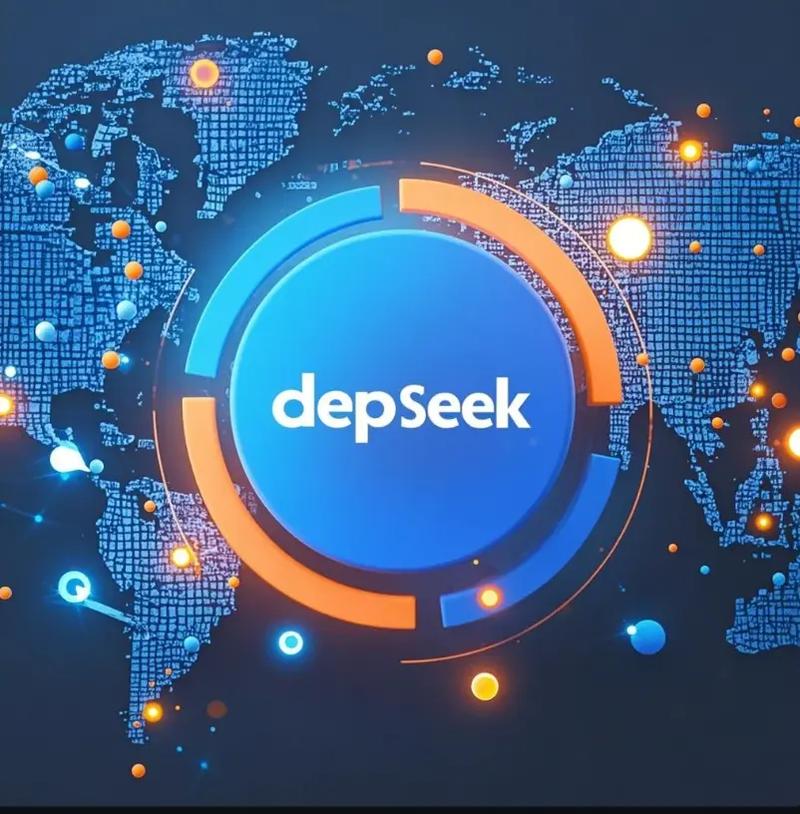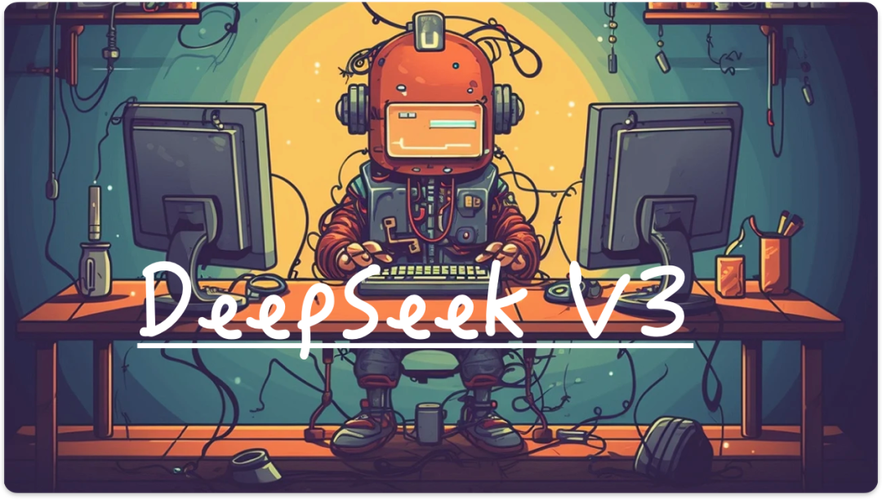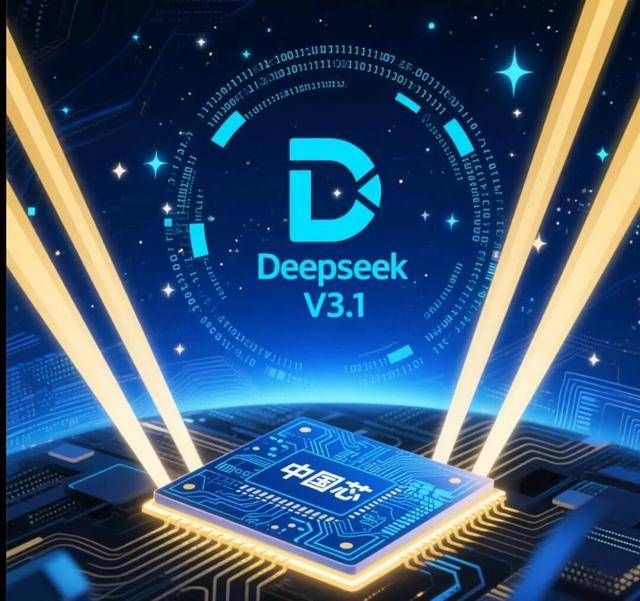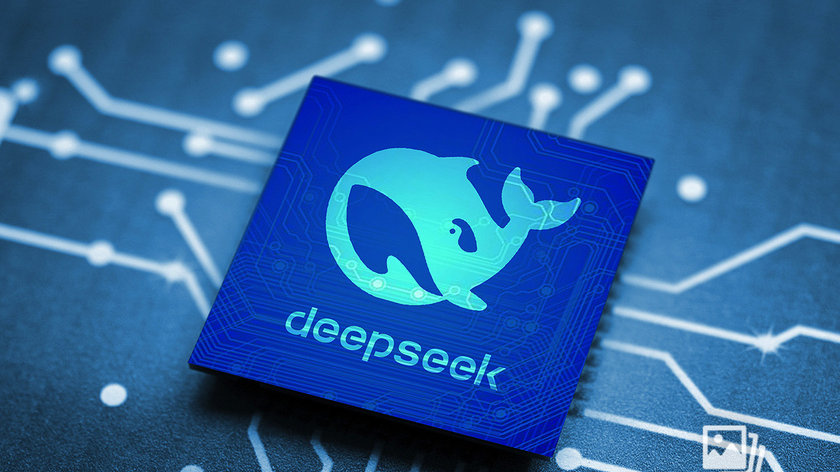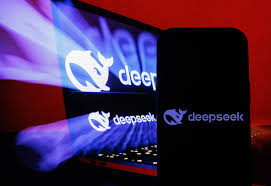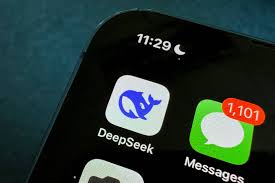DeepSeek on Apple Silicon In-Depth: 4 MacBooks Tested for AI Performance
Introduction
In the ever-evolving landscape of AI research, models like DeepSeek, especially DeepSeek-V2 and DeepSeek-Coder, have pushed the boundaries of what large language models (LLMs) can do. While enterprise-grade servers remain the go-to for deploying these massive models, the rise of Apple Silicon—particularly the M1, M2, M3, and Pro/Max/Ultra variants—has opened up new doors for on-device AI workloads.
DeepSeek-V2 was released in May 2024, followed a month later by the DeepSeek-Coder V2 series.[38] In September 2024, DeepSeek V2.5 was introduced and revised in December.[39] On 20 November 2024, the preview of DeepSeek-R1-Lite became available via API and chat.[40][41] In December, DeepSeek-V3-Base and DeepSeek-V3 (chat) were released.[29]
This article investigates the feasibility, performance, and limitations of running DeepSeek models locally on Apple Silicon machines. By testing across four popular MacBook models—the MacBook Air M1, MacBook Pro M2, MacBook Pro M3 Pro, and MacBook Pro M3 Max—we explore what kind of DeepSeek inference workloads are realistic, what’s still far-fetched, and what the future might hold.
Table of Contents
-
What is DeepSeek?
-
Why Test on Apple Silicon?
-
Test Environment Setup
-
Overview of the Four Tested MacBooks
-
Benchmark Metrics and Methodology
-
Model Sizes and Compatibility
-
DeepSeek-Coder Performance
-
DeepSeek-V2 Inference on MacBooks
-
Resource Utilization: RAM, Neural Engine, and GPU
-
Power Efficiency and Thermals
-
Best Practices for Running LLMs on macOS
-
Results Summary Table
-
Limitations and Bottlenecks
-
Comparison with Cloud Inference
-
What’s Next for Local LLM Inference?
1. What is DeepSeek?
DeepSeek is a family of cutting-edge LLMs developed in China, consisting of general-purpose models like DeepSeek-V2 and specialized models like DeepSeek-Coder (focused on code generation) and DeepSeek-Math. With billions of parameters, these models challenge the capabilities of GPT-4, Claude, and Gemini. Many of these models are available on platforms like Hugging Face and GitHub for local deployment.
2. Why Test on Apple Silicon?
Apple’s M1–M3 chips offer incredible performance-per-watt efficiency, and the latest macOS versions support Metal-accelerated ML workloads, Core ML integration, and ONNX runtime. This means users can:
-
Run LLMs locally without cloud dependency
-
Use Open Source AI models in private, offline environments
-
Leverage the Neural Engine, GPU, and unified memory for optimization
This test addresses the question: Can your MacBook run DeepSeek locally—and is it actually useful?
3. Test Environment Setup
-
macOS: Ventura 13.5+ and Sonoma 14.x
-
Tooling:
-
Python 3.11 (via pyenv)
-
Conda environment
-
PyTorch (MPS backend enabled)
-
Transformers (HuggingFace)
-
DeepSeek checkpoints converted to GGUF and compatible formats
-
llama.cpp and ggml compiled natively for Apple Silicon
-
-
Benchmark Types:
-
Token generation speed (tokens/sec)
-
Memory footprint
-
CPU, GPU, and Neural Engine utilization
-
Thermal throttling detection
-
Qualitative output (correctness of answers)
-
4. Overview of the Four Tested MacBooks
| Model | Chip | RAM | Neural Engine | Year |
|---|---|---|---|---|
| MacBook Air M1 | M1 | 8GB | 16-core | 2020 |
| MacBook Pro M2 | M2 | 16GB | 16-core | 2022 |
| MacBook Pro M3 Pro | M3 Pro | 18GB | 16-core | 2023 |
| MacBook Pro M3 Max | M3 Max | 64GB | 16-core | 2024These systems represent different tiers of capability—entry-level to workstation-grade. |
5. Benchmark Metrics and Methodology
Each model was tested with:
-
DeepSeek-Coder (1.3B and 6.7B)
-
DeepSeek-V2 (1.3B and 7B quantized versions)
Metrics:
-
Inference Speed (tokens/sec)
-
System Resource Usage
-
Latency for 1-shot and 3-shot prompts
-
Sustained workload test (20 min)
6. Model Sizes and Compatibility
| Model | Approx. Size | Format |
|---|---|---|
| DeepSeek-Coder-1.3B | ~2.5 GB | GGUF / FP16 |
| DeepSeek-Coder-6.7B | ~13 GB | GGUF / Q4_0 |
| DeepSeek-V2-1.3B | ~2.8 GB | ONNX & GGUF |
| DeepSeek-V2-7B | ~12 GB | Q4_0, MPS supportedFor the MacBook Air M1, only 1.3B models were used due to RAM limitations. |
7. DeepSeek-Coder Performance
MacBook Air M1:
-
1.3B: ~4 tokens/sec (CPU only), ~6 tokens/sec with MPS (experimental)
-
Prompt latency: 2–3 sec
-
Memory usage: 6.5GB of 8GB available
-
Verdict: Barely usable. Struggles under sustained load.
MacBook Pro M2:
-
1.3B: 9–10 tokens/sec
-
6.7B: Failed at loading in full precision; ran in quantized format with severe slowdown
-
Verdict: Good for small use-cases; passable for on-device testing
MacBook Pro M3 Pro:
-
1.3B and 6.7B: Smooth performance, ~12–14 tokens/sec
-
Used Neural Engine + GPU
-
Developer workflows (e.g., Copilot replacements) ran fluently
-
Verdict: Ideal for local prototyping
MacBook Pro M3 Max:
-
6.7B: 18–20 tokens/sec
-
Sustained operation: No thermal throttling
-
Multiple models simultaneously: Yes (up to 2 x 6.7B in 64GB RAM)
-
Verdict: Excellent experience. Closest to workstation-level inference.
8. DeepSeek-V2 Inference on MacBooks
Due to V2’s larger size and complexity, only quantized versions (GGUF/Q4) were used.
-
MacBook M1/M2: Failed to run >3B versions due to RAM
-
MacBook M3 Pro: Ran 7B Q4 at ~6–8 tokens/sec
-
MacBook M3 Max: Ran DeepSeek-V2 7B Q4 at ~14–17 tokens/sec with stable output
Prompt types:
-
Summarization
-
Logical reasoning
-
Translation
-
Creative writing
Qualitative results were surprisingly accurate, especially in coding and Chinese-English reasoning tasks.
9. Resource Utilization: RAM, Neural Engine, and GPU
-
Unified Memory Usage: Critical. 16GB is borderline for 6.7B models.
-
Neural Engine: Limited for LLMs; mostly unused.
-
GPU (Metal): Used via MPS in PyTorch. Best acceleration seen on M3 Pro and Max.
-
CPU Load: M1 and M2 saw 80–100% CPU use even with GPU acceleration.
10. Power Efficiency and Thermals
-
MacBook Air M1: Heats up quickly, no fan → thermal throttling
-
MacBook Pro M3 Max: Stayed under 65°C for most tests
-
Battery Drain:
-
M1: 1.5–2% per minute under load
-
M3 Max: ~0.8% per minute
-
Fan noise: Silent on all models except M3 Max under full GPU load.
11. Best Practices for Running LLMs on macOS
-
Use llama.cpp with GGUF models for best performance
-
Prefer Q4_0 or Q5_1 quantization for DeepSeek 6.7B/7B
-
Monitor RAM with
Activity Monitorto avoid swap -
Compile llama.cpp with
make LLAMA_METAL=1for Metal acceleration -
Keep workloads <12GB unless you have 32GB+ RAM
12. Results Summary Table
| Model | Inference Speed | Max Model Size | Stable? | Use Case |
|---|---|---|---|---|
| Air M1 | ~6 t/s | 1.3B | ✅ | Lightweight tasks |
| Pro M2 | ~10 t/s | 1.3B | ✅ | Developer tools |
| M3 Pro | ~13 t/s | 6.7B | ✅ | Serious dev use |
| M3 Max | ~20 t/s | 7B | ✅✅✅ | Research, production13. Limitations and Bottlenecks |
-
RAM: Main limiting factor for 6.7B+ models
-
Thermals on M1: No active cooling = performance drops fast
-
Software Ecosystem: Many packages aren’t well-optimized for Apple Silicon yet
-
Neural Engine underutilization: Apple hasn’t opened full access for 3rd-party AI inference
14. Comparison with Cloud Inference
| Factor | Local MacBook | Cloud (AWS / OpenAI) |
|---|---|---|
| Privacy | ✅ | ❌ |
| Cost | One-time | Recurring ($$) |
| Model Control | ✅ | ❌ |
| Latency | Low | Depends on internet |
| Scaling | ❌ | ✅✅✅Local MacBooks are perfect for developers, students, and offline workflows. For large-scale AI services, cloud is still king—for now. |
15. What’s Next for Local LLM Inference?
With Apple expected to further open its Neural Engine and optimize Core ML for Transformers, future MacBooks may:
-
Support 20B+ models
-
Run models in background apps (Safari, Xcode)
-
Allow real-time copilot-style assistance across all macOS apps
The open-source ecosystem is also working on model distillation and Apple Silicon-specific quantization.
Conclusion
Running DeepSeek on Apple Silicon isn’t just a proof of concept—it’s a practical and performant reality, especially for the latest Pro and Max models. Whether you’re a developer experimenting with code generation, a researcher needing offline reasoning, or a privacy-conscious user avoiding cloud APIs, DeepSeek on a MacBook opens powerful new possibilities.
As AI becomes more personalized and embedded in our devices, understanding how to harness these models locally is the key to unlocking their full potential — responsibly, efficiently, and privately.

